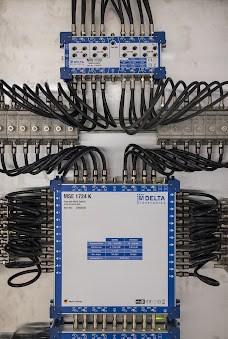what are the uses of connector and crimped terminations and general requirements-partsxp
CRIMPED TERMINATIONS |
Crimping is an efficient and highly reliable method to assemble and terminate conductors, and typically provides a stronger, more reliable termination method than that achieved by soldering.
Crimp terminations are available in different styles, depending upon the design application and connectivity requirements.
This section details the generic accept/reject criteria of commonly used crimp termination styles. See 2.02 - 2.10 for specific accept/reject criteria applicable to individual crimp styles.
| GENERAL REQUIREMENTS |

CRIMP LOCATIONS
(ALL CRIMP TYPES)
Crimp indents should be centered between the wire entry shoulder of the crimp barrel and the inspection hole/wire exit shoulder. Crimp indents shall not encroach on the wire entry shoulder or the inspection hole/wire exit shoulder
.MAXIMUM INSULATION CLEARANCE(ALL CRIMP TYPES)
1. For conductors 20 AWG and smaller, the maximum clearance is 0.75 mm (0.030 in.).
2. For 18 AWG and larger conductors, the maximum clearance is 1.25 mm (0.0)


MINIMUM INSULATION CLEARANCE
(ALL CRIMP TYPES)
The minimum insulation clearance for all crimped connections is 0.25 mm (0.010 in
SOLDER-TINNED STRANDED WIRE
SOLID WIRE
Crimping of solid wire, component leads, or stranded wire that has been solder-tinned, is prohibited
.


Comments
Post a Comment